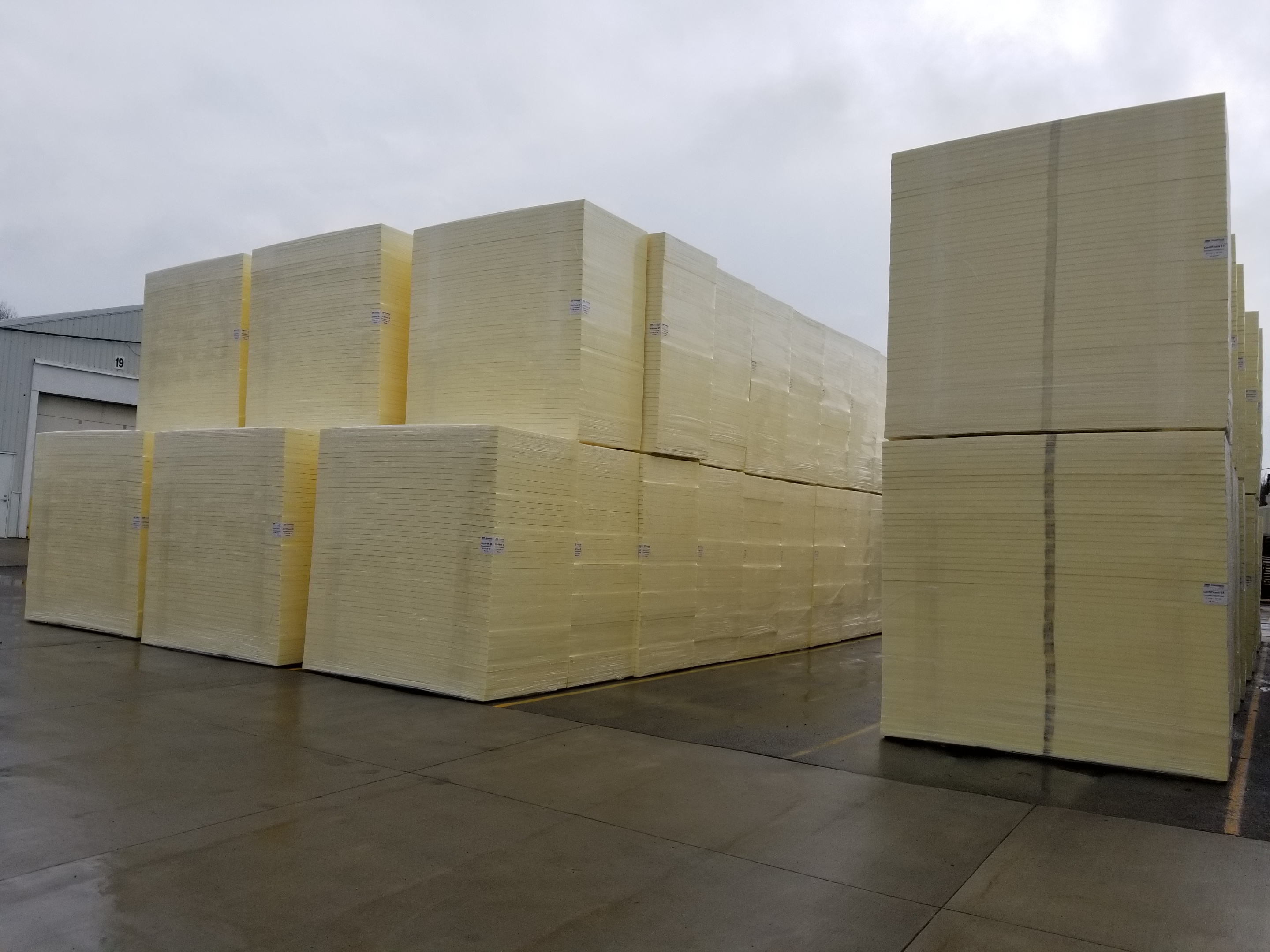
Hydrofluorocarbons (HFCs) Reductions through replacing Foam Blowing Agents
Our projects have resulted in millions of CO2e emissions avoided.
Reduce GHG Emissions
An opportunity to reduce Greenhouse Gas (GHG) emissions beyond regulatory compliance by replacing HFC Blowing Agents (BAs) with Next Generation BAs that have near zero Global Warming Potential (GWP) and near zero Ozone Depletion Potential (ODP). Unlike many other voluntary reduction projects that use estimates, these reductions are real and quantifiable.
Blowing Agents (BAs) are a key ingredient in the production of foam. These BAs contain chemicals that release GHGs during manufacturing, their use, and their end-of-life (destruction). Most of the BAs currently on the market today are HFCs. HFCs are powerful GHGs when released into the atmosphere, hundreds to thousands of times more potent than carbon dioxide. The purpose of these projects is to offset the GHG emissions that would have been produced by the manufacturing and use of foams with HFC Blowing Agents through the replacement of environmentally friendly alternatives, such as Ecomate or Omega, a near-zero GWP and zero-ODP BA.
Improve Efficiency
The majority of the carbon reductions come from foam board manufacturing and spray foam usage. The process also has the added benefit of utilizing recycled plastics and reducing utility bills through reduced energy consumption in new builds or retrofits of existing buildings.